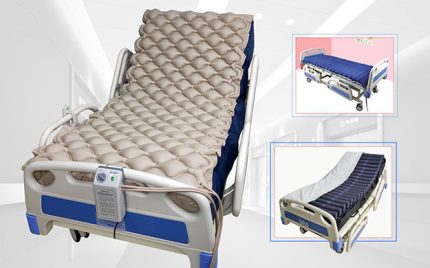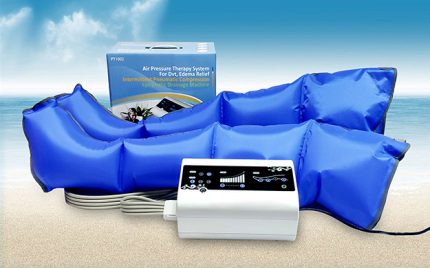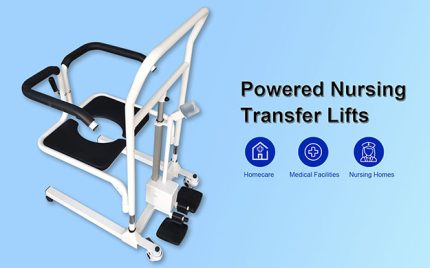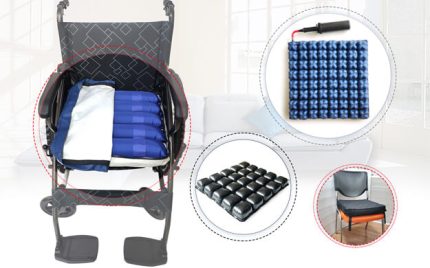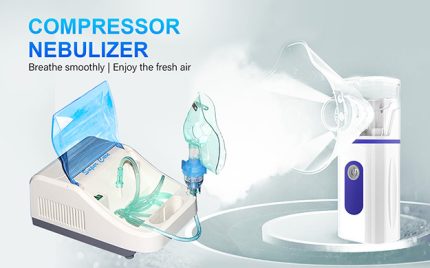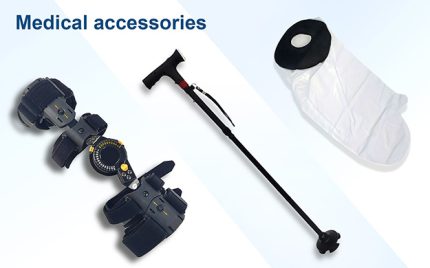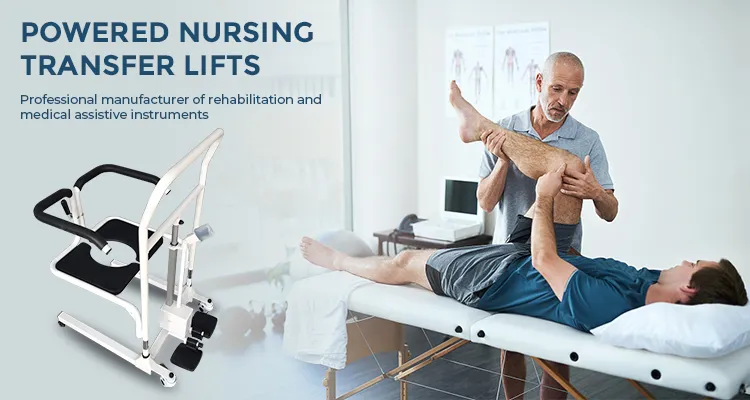1. Introduction
Lifting and transfer aids are vital tools needed in many healthcare and caregiving environments. They help in moving patients from one place to another, such as from bed to wheelchair, wheelchair to car or others. Proper use of these aids reduces the strain on caregivers and ensures safety of their patients. In this article, we will talk about correct uses of these mobility devices and give advice on safety guidelines, techniques for using them safely, best practices.
2. Types of Lifting and Transfer Aids
This category of equipment comes in a variety of forms and each has its own unique role they play. Some examples include:
Transfer Wheelchairs
These facilitate movement between places by the patient. They are usually made sturdily with adjustable seat height amongst other features. They can be used during transfers from wheelchair or bed to other locations.

Patient Transfer Lifts
Manual lifts which need human intervention while powered ones depend on batteries or power sources are some types of patient lifts available today. With such devices a person can lift a patient up from a bed and then move him/her safely to another location.
Slide Sheets and Transfer Boards
Slide sheets and transfer boards are used to assist in sliding or moving patients from one place to another. They are commonly used to help patients move within a bed or to transfer from a bed to a wheelchair.
3. Safety Precautions
Safety is paramount when using lifting and transfer aids. Here are some key safety guidelines:
Proper Lifting Techniques
Caregivers should always use proper lifting techniques to avoid injury. This includes keeping the back straight, bending the knees rather than the waist, and avoiding twisting the body.
Ensuring Patient Safety
Ensuring patient safety during transfers is critical. Use safety belts, slings, or other restraints to ensure patients do not slip or fall during transfers.
Maintaining a Clear Environment
Before initiating a transfer, ensure the environment is free of obstacles or other hazards that might cause accidents. Keep the floor dry and clear of clutter.
Proper Use of Commode Chairs
Commode chairs are commonly used in the transfers. Proper use of these can ensure safe and easy transfer from one place to another through the following steps.
Prepare the Wheelchair and Assess Its Condition
Before using commode chair for a transfer, it is important that you ascertain its condition. Inflate the tires as required, make sure that the brakes are responsive and confirm that the seat is not so loose.
Position Your Patient and Adjust Seat Height
Place your patient safely on rollers and adjust its height to prevent discomfort. Make sure your patient’s feet are placed well in footrests while using safety belts to secure them.
Menace Free Wheelchair Transfers
When moving wheelchairs ensure that brakes have been released and there is no obstruction on a level surface. When moving patients from wheelchair to another point, be careful as they can tip over easily without any form of support appearing elsewhere.
5. Manual and Electric Patient Lifts
Patient lifts can be helpful in many transfer scenarios. Here’s a guide to using manual and powered lifts:
Manual Lifts
Usually, there are manual lifts which must be operated through application of physical effort by the care giver. Ensure that you do not make jerky movements when using manual lifters. When lifting, take notice that you use them correctly and cautiously.
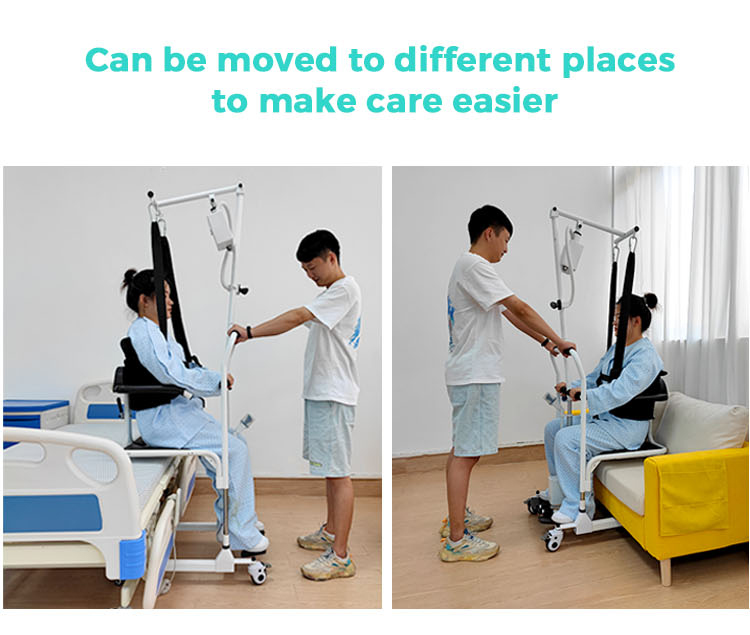
Electric Patient Lifts
The power sources (such as batteries) used in these power lifts minimize physical labor for the care giver when moving patients. Ensure that the battery is fully charged and all parts are functioning properly before putting into use any powered lifter. Confirm that the slings have been well attached prior to lifting, with all security measures on board.
Safety Tips for Transfer with Lifts
Safety is paramount when transferring with either manual or powered lifts. No sudden moves; clear the environment off anything that may obstruct and support the patient adequately during this process.
6. Slide Sheets and Transfer Boards
Slide sheets and transfer boards are another common type of transfer aid. They can assist in moving patients along flat surfaces, reducing friction. Here’s how to use slide sheets and transfer boards properly:
- Before using slide sheets and transfer boards, ensure they are placed between the patient and target location in an optimal way. Also, ensure their surfaces are free from cracks for optimal results.
- Helping Patients Join Aid Before using slide sheets or transfer boards, ensure patients are in an upright and comfortable position and inform them about the transfer process. Gently guide each patient onto their aid until it’s secure – assuring them of its stability as you go along.
- Assuring Patient Comfort and Safety: When using slide sheets and transfer boards, ensure patient comfort is prioritized by reducing friction to ensure their body remains supported throughout their transfer process. Multiple caregivers should assist as necessary with the transfer.
7. Best Practices for Caregivers
In order to ensure safe and smooth transfers, caregivers should adhere to some best practices:
Communication With Patients
Communicate with patients before any transfers take place to inform them of what steps will take place and ensure they feel informed of any upcoming steps.
Teamwork
In performing complex transfers, working together among caregivers is vital to ensure safety and smooth transitions.
Caregivers must take extra precaution to maintain proper posture and body mechanics to protect themselves from injury, including keeping their back straight, engaging in leg strength exercises, and limiting twisting movements.
8. Regular Maintenance and Inspection of Transfer Aids
To ensure the safety and effectiveness of transfer aids, regular maintenance and inspection are critical. Check all parts to make sure everything is operating smoothly before replacing worn out components as necessary.
Lifting and transfer aids can significantly enhance patient transfers by following these best practices for use. Adherence to these guidelines and practices ensure a pleasant transfer process for their patients; any concerns with regards to using such aids should be sought expert advice immediately.

